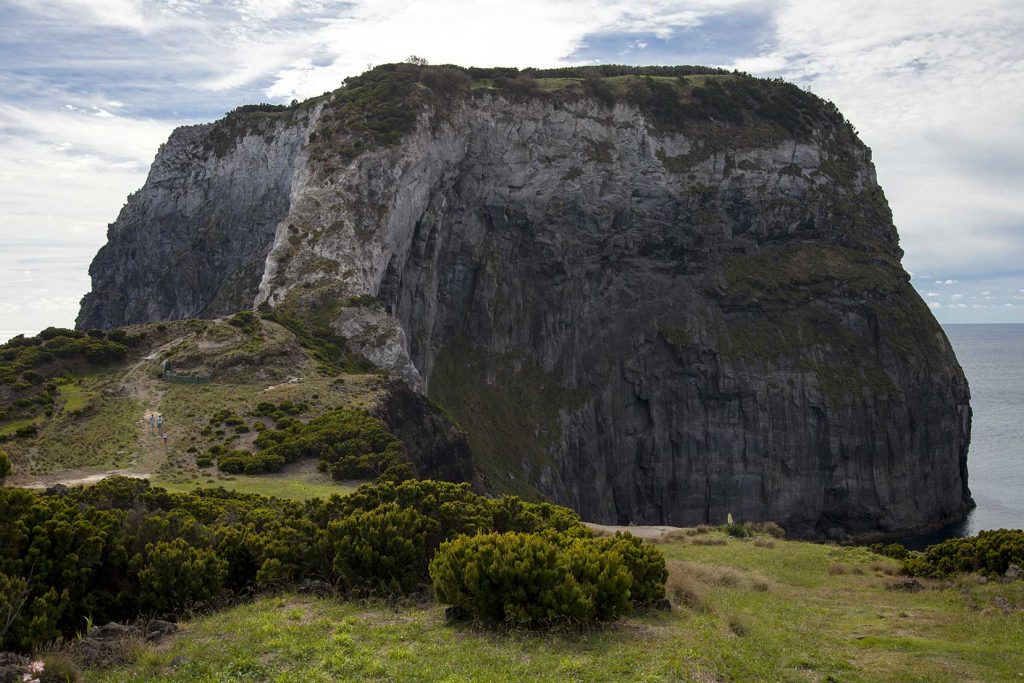Our island established a partnership with the Azores Geopark (site). Our goal is to develop environmental education and geological landscape conservation. Geologically, the Azores are nine volcanic islands, whose formation was originated by different types of eruptive activity and, therefore, have a variety of volcanic landscapes. It is extraordinary to be able to read the landscape and understand how the islands emerged from the depths of the planet; by observing the rocks and landscape we can tell if certain volcanic eruption was catastrophically explosive or extremely slow and effusive. In some volcanic landscapes, the feeling is as if we entered a time machine, as we come to understand what happened millions, thousands, hundreds, or tens of years ago.







